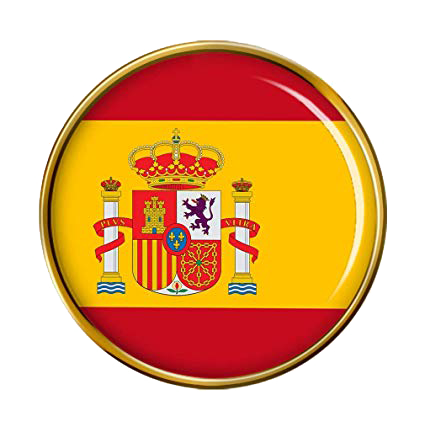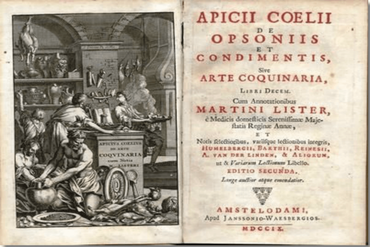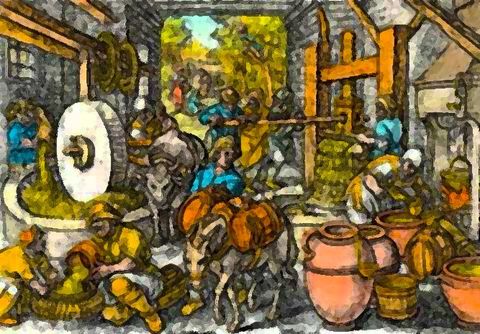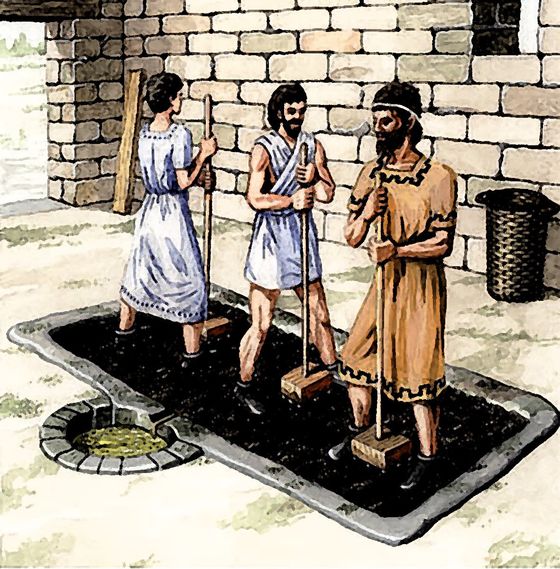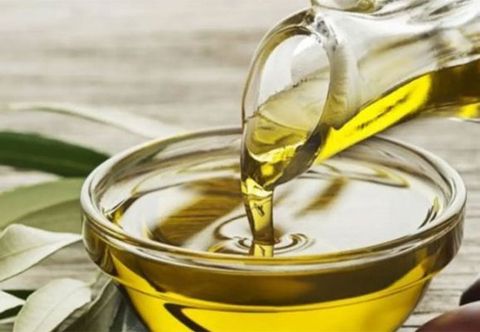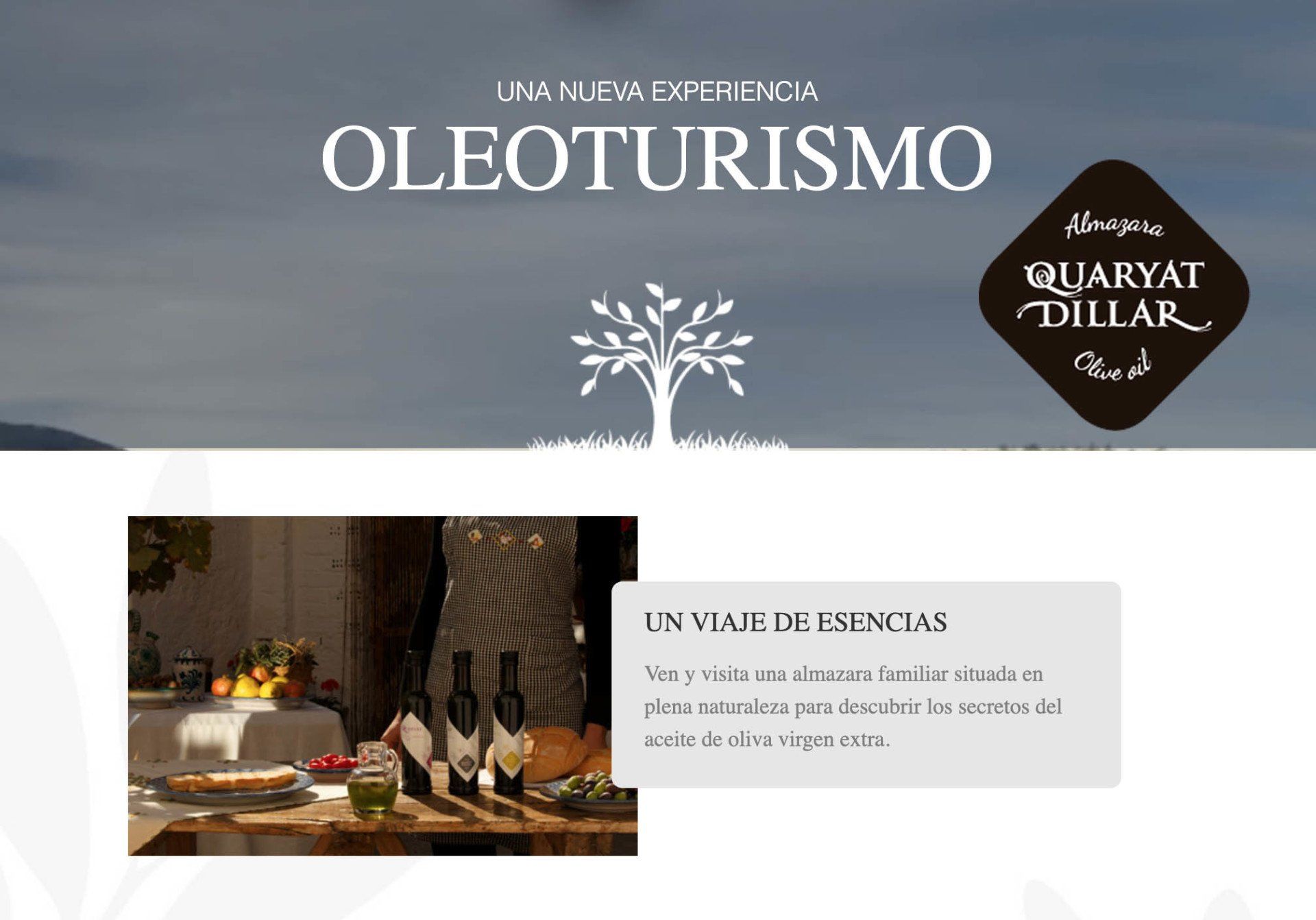Olive Oil Land
Spain and its olive groves
The Spanish tradition of the southern and southern Mediterranean have been ancestral olive oil producers, which has spread to more central regions of the peninsula.
Olive oil has very interesting origins, which will surprise you.
Dating back to history
The origins of olive oil are lost in time, when obtained with rustic procedures.
Its use was not only used in the kitchen, it also served as an ointment, to light the oil lamps, in the preparation of medicinal concoctions, etc. In Babylon the doctor was named "ASU" or the connoisseur of oils.
The first wild olive tree, popularly known as acebuche
and botanically as Olea Sylvestris
He made his appearance around 500,000 years ago.
The first uses of the olive tree appear from the Upper Paleolithic (12,000 BC)
When it starts to grow, the oldest planting is recorded from Syria to Canaan 5000 years ago. C., then pass to Palestine, Crete and Egypt.
It is marketed by the Phoenicians who introduce it to the Maghreb and Sardinia.
It becomes very important in Greece since the fourteenth century BC in the area of Micena where olive trees begin to be cultivated. The oil production of Greece and the Phoenicians invades the Mediterranean market, which was transported in ceramic amphorae, which depending on the region was the type of container and had no more than 50 liters, these amphorae were plugged with a paste of lime that consolidated upon contact with the air, ensuring the sealing, also skin skins were used to transport it over short distances.
When the Republic passed to the Empire in Rome, the trade of olive oil, edible olives and oils for medicinal ointments, the scented oil cosmetics stored in painted glass ointments were extended.
As the empire expanded, trade routes were secured, especially those in the Near East and North Africa in Tunisia.
The olive tree and the oil have a symbolic representation for their importance.
In Spain under the Romans Lucius Columella called the olive tree the King of the Trees.
Jesus prayed the last night in Gethsemane, which is located at the foot of the Mount of Olives in Jerusalem, where he had given his famous "Sermon on the Mount of Olives." Messiah in Hebrew means; The anointed one
In baptisms the baptized is anointed with a mixture of aromatic herbs and olive oil called Crizma, it is also used for confirmations and ordination of priests.
As a symbol of peace, the dove brings Noah an olive branch.
Sophocles, the great playwright of antiquity, referred to this as the "glorious tree that blooms in our Dorian land, our sweet, wet and silvery olive tree."
The author of Antigone refers to the olive tree being born from itself, it is immortal, without fear of enemies.
"His timeless strength defies the rogues, young and old, as Zeus and Athena keep him with eyes that never sleep."
In Greek mythology in a dispute over Attica, between Poseidon and Athena, it sprouted an olive tree with fruits, and taught the Greeks how to make oil; these, grateful consecrated Attica to Athena, putting the name of Athens to its capital.
The Olive tree was so important that it was crowned when it ceased with laurel branches and anointed with olive oil.
The olive crown was mainly used in Greece for the Olympic champions.
By the arrival of the Middle Ages, olive oil production became so scarce that it became cash.
In the fifth century, the state controls on oil disappear almost completely and go to religious orders, who come to own most of the olive groves, becoming exclusive consumption for the upper classes and clergy.
In the monasteries a portion of oil was delivered to each monk sufficient for their meals.
In the fourteenth century, agricultural cultivation began to rebound and spread in the more temperate Mediterranean areas. When Constantinople fell in 1453, trade routes to the Atlantic and northern Europe were expanded, increasing an intense economy between the western Mediterranean, the area of the North Sea and the Baltic.
Olive oil was much appreciated in this new stage, because it had an important use in the preservation of some foods, for cooking, in the use of soaps and different derivatives.
Olive Fields
In the villages where olive trees are grown and there is not much recreation, men go to olive groves on Sundays with the same frequency as women do in churches.
Because of its resistance to extreme weather changes, it is a symbol of hard work and permanence.




